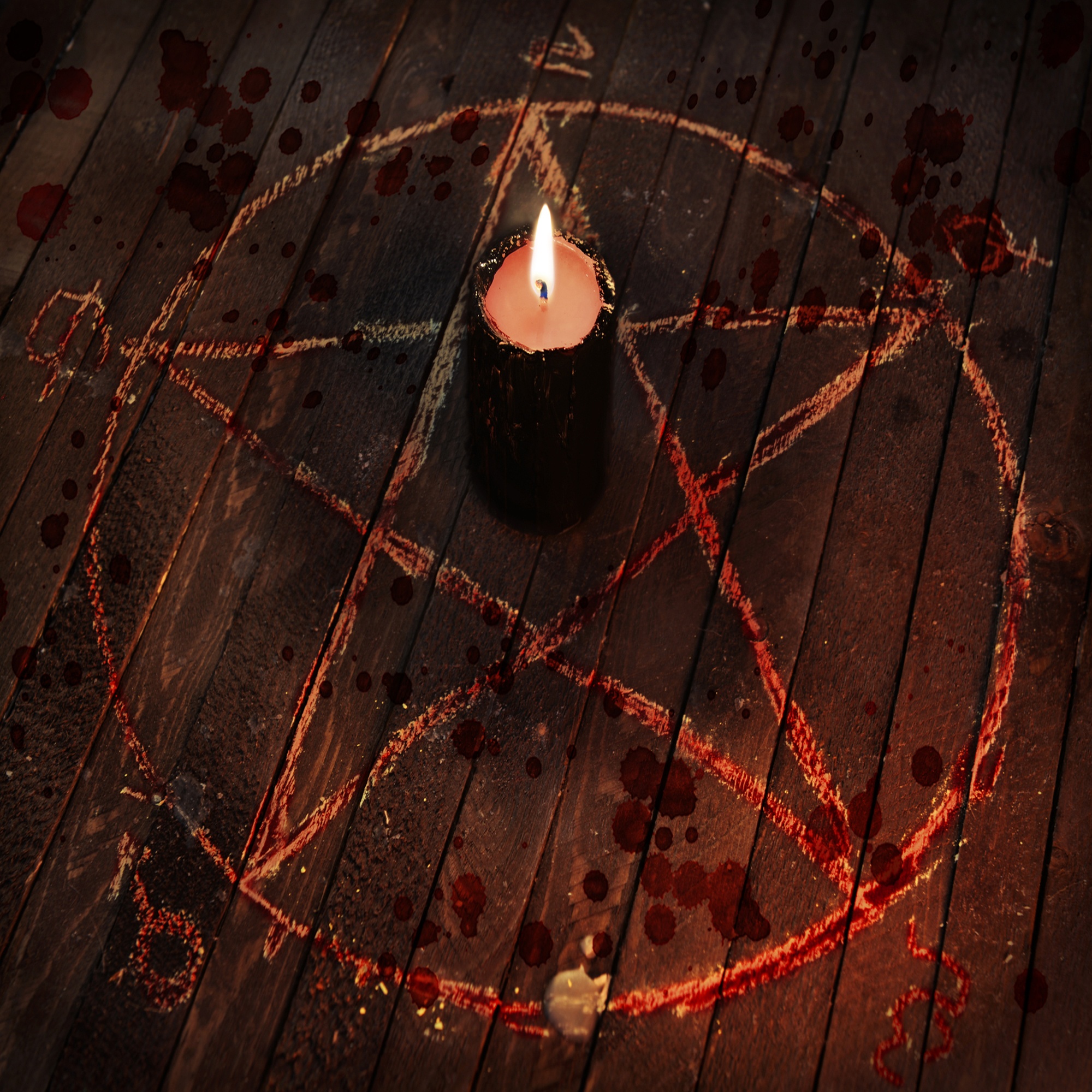“Mother darksome and divine
Mine the scourge and mine the kiss.
Five-point star of life & bliss,
Here I charge ye in this sign.” -Doreen Valiente, The Charge of the Goddess, verse version
“Eight words the Wiccan Rede fulfill,
‘An it harm none, do what thou will.” -From The Wiccan Rede, traditional dogma of the Wiccan traditions of witchcraft
“And thou shalt be the first of witches known;
And thou shalt be the first of all i’ the world;
And thou shalt teach the art of poisoning…” -Charles G. Leland, Aradia, or the Gospel of the Witches
Witchcraft is one of those terms that defies a complete definition. It is generally reported that Witchcraft is the survival of pre-Christian European pagan religious traditions that went underground during the Inquisition. Being forced into secrecy, the tradition was said to be passed down through families, each of which possessed only fragments of the once great magical priest/esshood. And in secret it remained until the 1954 publication of Gerald Gardner’s book ‘Witchcraft Today’, the first book written from the inside; by a self avowed Witch. Witchcraft, it was said, was the misunderstood last survival of an ancient pagan fertility cult honoring the Life Giving Mother Goddess, and Her consort the Horned God of the Hunt. Called ‘Wicca’ (an Old English word coming from the root word wic, meaning ‘to bend or to shape’) practitioners would celebrate the turning of the seasons, and the cycles of the moon, meeting in the cover of darkness to delve into the forbidden waters of magick that they might bend the rivers of fate, and shape reality.
Brought into the public light, Wicca has asserted itself as the one true face of Witchcraft. This is not entirely true. It is important to note that prior to the publication of Gardner’s book, the word ‘wicca’ had been used in Old English to describe a male practitioner of a sorcery tradition but not the tradition itself. In this respect, ‘Wicca’ is a new religion, having been synthesized by Gardner from older elements, some of which were authentic pagan magickal practices based on anthropological evidence at the time. It is a new religion with very old roots. But witchcraft is more than just a religion.
In fact witchcraft, in it’s purest form, isn’t a religion at all. Like other forms of shamanism, it is a collection of techniques for altering human consciousness, usually for the purpose of imposing change, either in the world or in the self. These are usually aimed at refining the practitioner’s perception of reality and might consist of certain types of chanting, drumming, dancing, meditations, herbal potions, rituals, etc., each differing due to tradition or teaching, but in and of themselves do not represent a religious practice. They can, however, lead one to that place. ‘Wicca’, on the other hand, is a modern religion that utilizes witchcraft (an archaic and magickal perception of the universe) and frames it in the religious mythologies of the Mother Goddess, forming a tightly woven mix of magickal practice with religious devotion.
Being a true spiritual system, witchcraft lends the practitioner a deepened spiritual awareness, not through the memorization of liturgy or ritual, but through the direct experience of universal power. This power, when confronted directly, dredges up from our primal core a window into our deepest fears, our highest joys, and our strongest desires. It brings our very sense of self into question and, by proxy, our sense of reality as well. It exposes our secret selves to ourselves and, more importantly, it allows us to nurture and tend our inner landscapes; to garden our souls.
What witchcraft doesn’t do is set forth a code of conduct for its followers. It is inherently neutral, having no inclination towards anything resembling human moralities. It is a power, plain and simple, one that can heal and one that can burn. It exists, just as the stars exist, needing no justification from outside to validate or even white-wash its place in the universe. It is the use of this power which has moral implications. It is a tool, like a hammer that can build a house or crush a skull.
The applied use of witchcraft, however, tends to foster a sense of interdependence with the world, an experiential realization of the universal holism which lies at the heart of every spiritual system on the planet, throughout time, throughout culture: we are all one.
So while religious systems generally seek to impose morality from outside the self, we see that spiritual systems tend to foster a different kind of moral behavior in its adherents by altering ones internal relationship with self and, by extension, the outside world. It is precisely this change from within that is the hallmark of its power.
The form of the Craft that I teach and write about is a form of the Faery tradition of witchcraft as it has been taught to me. As it is a fiercely personal path my practices will most likely differ from other practitioners of the tradition. It is a spiritual practice aimed at achieving an energetic balance within the self while fostering a healthy relationship with the land on which we live. It is not Wicca, though certain elements are similar. Others differ completely.

